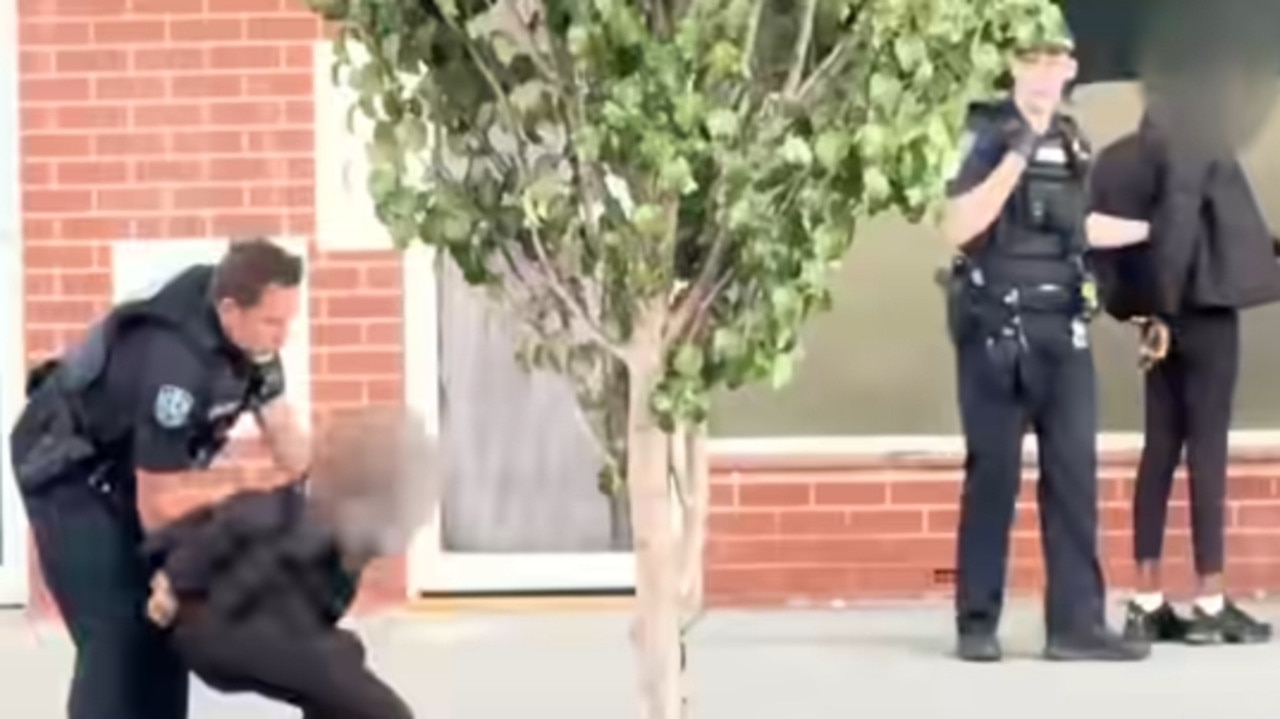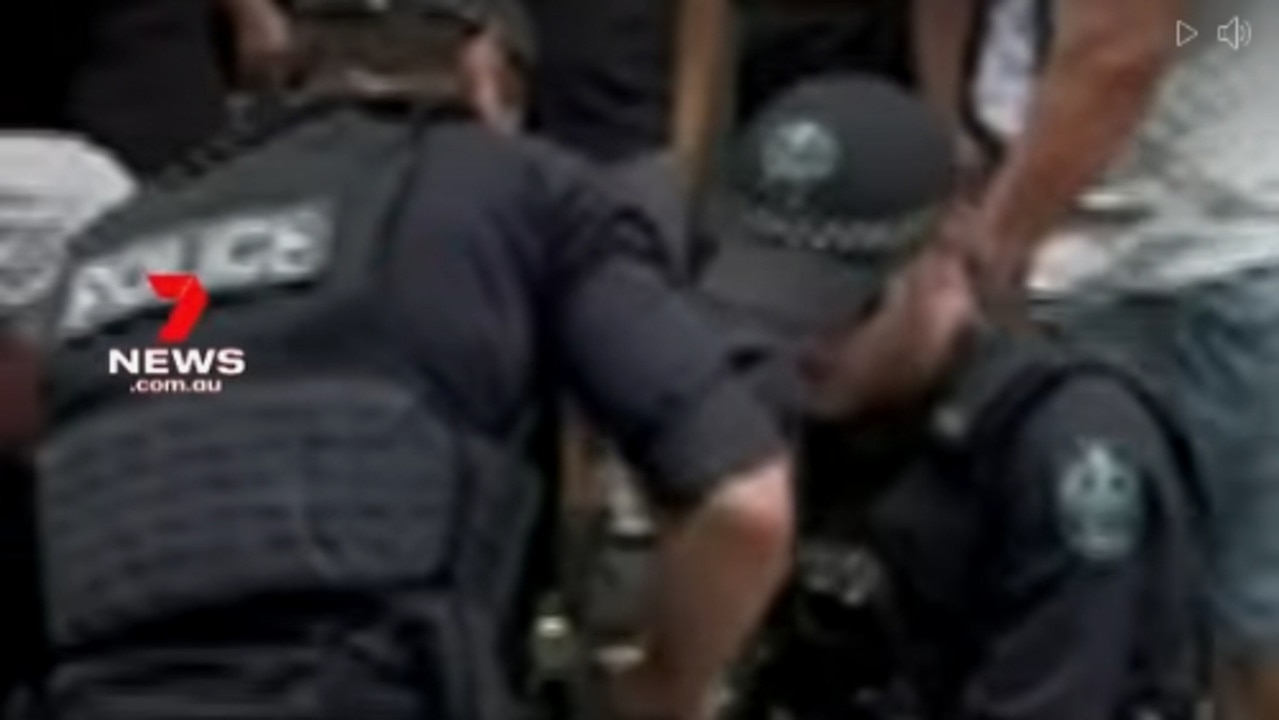The theories behind the Somerton Man’s cryptic code and a new concept from a German riddler
Has a 70-year-old mystery been cracked? A German riddler believes he has decrypted a code found on paper in the pocket of the unidentified Somerton Man.
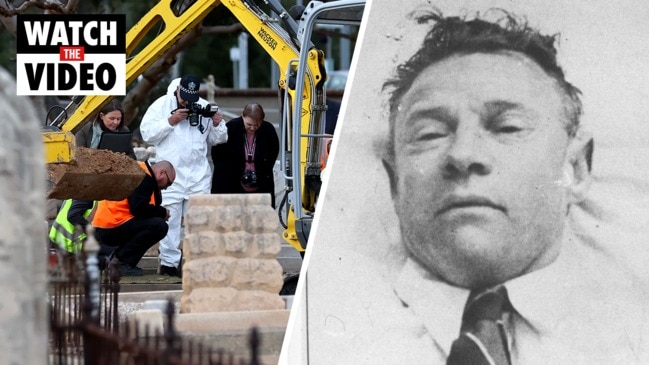
SA News
Don't miss out on the headlines from SA News. Followed categories will be added to My News.
A cryptic code connected to a note found in the fob pocket of an unidentified dead man has sparked many theories of its meaning across the globe, including the most recent, from a German riddler.
The 70-year-old Somerton Man case remains unsolved after the body was found propped up on a seawall at Somerton Beach on December 1, 1948.
Adding to the depth of the unsolved mystery is a scrap piece of paper found tucked into the man’s fob pocket with the printed words “Tamam Shud”, meaning “finished” in Persian.
Police, amateur sleuths, researchers and the like have concocted ideas of the code’s meaning but it remains unsolved.
Some time after the man’s body was found, a copy of the Rubaiyat of Omar Khayyam, a Persian poetry book, was found in the back of a car at Glenelg with 50 letters scribbled on its back cover.
It was the same Rubaiyat from which the scrap of paper was torn.

Electrical engineer from the University of Adelaide Professor Derek Abbott has been an expert in the case since 2007 and said dozens of emailed theories of the code have fallen into his inbox.
“Since I started working on this which I think is 2007, over 50 people have emailed me with various solutions and they’re all completely different, and all very ad hoc,” Prof Abbott said.
“If you were to lock all these 50 people in a big room they probably won’t all agree with each other.
“That’s the problem, they come up with these solutions but they can’t say why anybody else’s solution might be wrong.”
In a recent submission to the Sunday Mail, author and riddle-maker Klaus Schroer, from Oldenburg, Germany, claims to have cracked the code.
Made aware of the case by a pen friend based in Australia, Mr Schroer tasked himself with decoding the letters at the end of 2021, which only took him about two hours, he said.
He said the lettering and spacing was a classic book code and used a system to allocate the words to certain numbers consistent to the book the page was ripped out of to find their meaning.

The book code translation led him to conclude the writing was the last poem within the Persian poetry book.
“Riddles play an important role in my life … I declared the method and result of decryption in the public domain and handed them over to the Australian police,” he said.
No matter how much evidence people provide of various theories, Prof Abbott said there was no way to declare any as more credible than any other suggestions offered over the years.
“A lot of the theories that have been sent to me over the years have basically assumed that the letters are the first words of the English language so have come up with possible sentences that it could be saying,” he said.
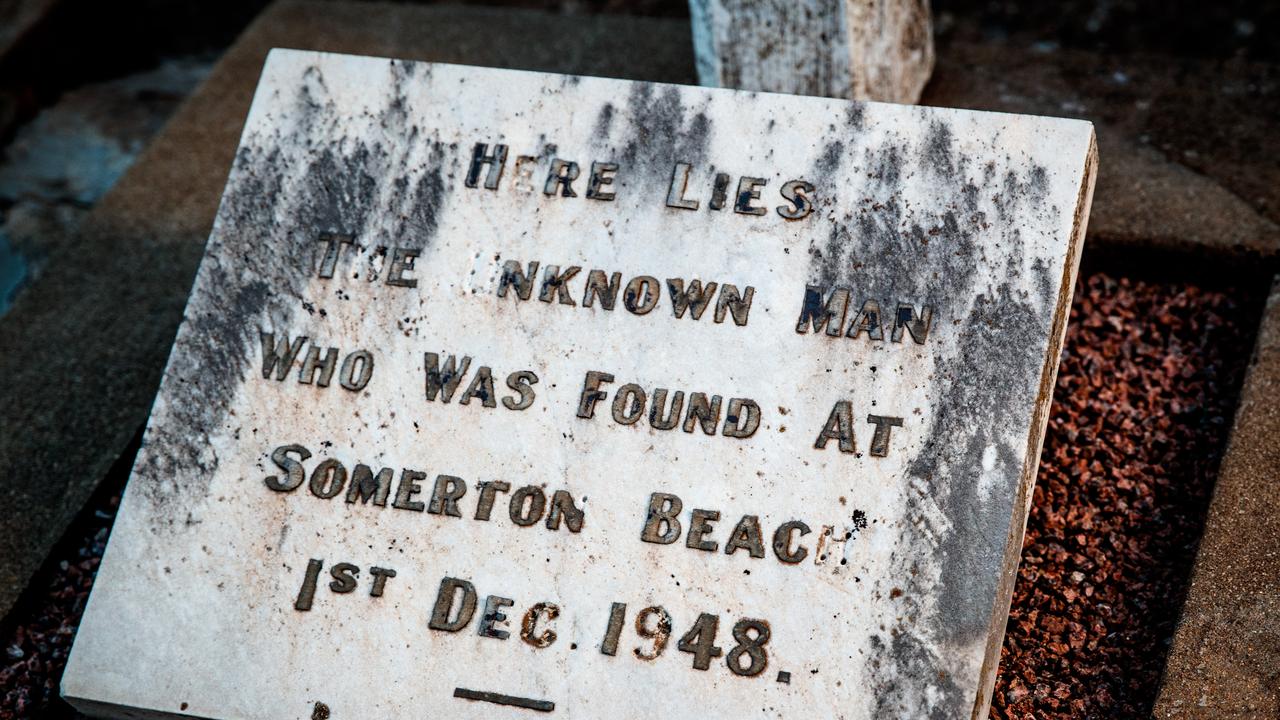
‘I’ve been happy to be a person that gets sent these things to and I look at them with interest, but up until now I haven’t really seen anything that sets itself apart from another.”
He has tasked his students with investigating the puzzle over the years.
“We’ve been looking at this code now since about 2009 … I’ve been giving it as a project to my students, but we haven’t been able to crack it; what we’ve been trying to do is use statistical techniques to see if it’s even a type of a code in the first place,” Prof Abbott said.
“What we’ve been able to do is eliminate most types of codes that we knew at the time around World War II so we can say it’s definitely not a World War II-style code.
“What it does look like when we run the statistics on it is it looks like the first letters of words, so it’s like a big acronym.”
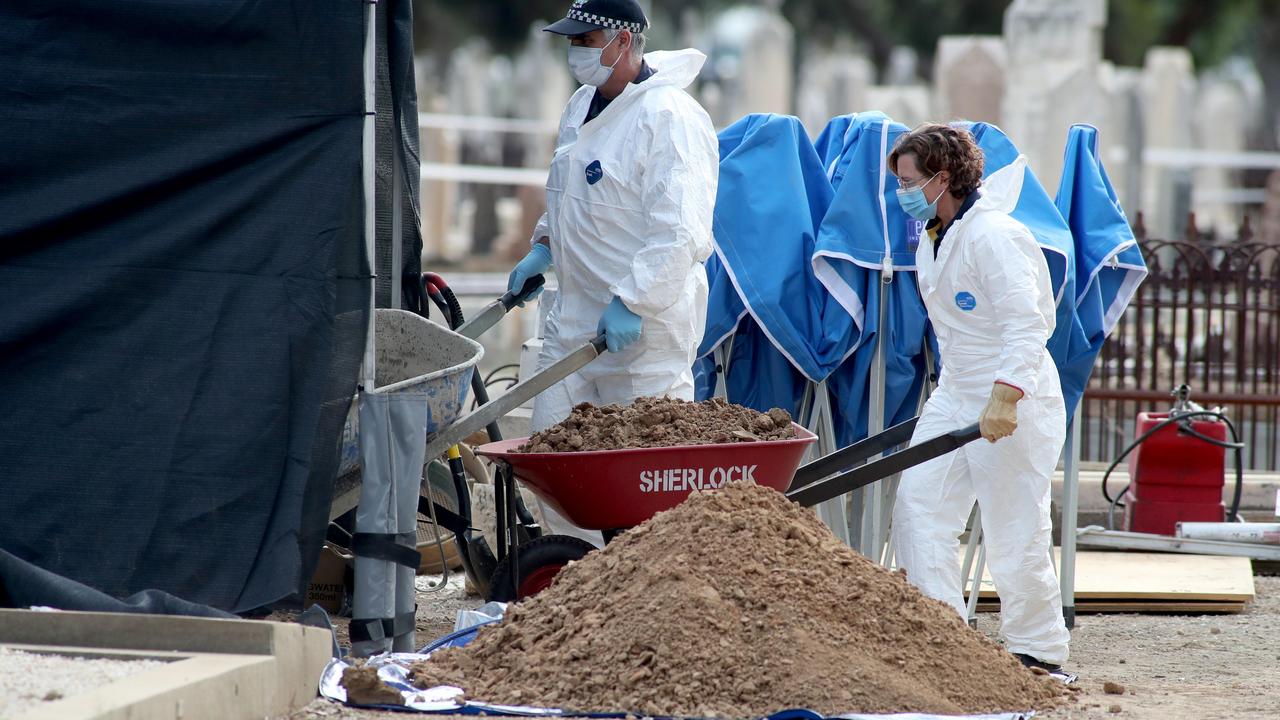
He believes the code may be something simple and insignificant.
“I think it’s probably something very mundane and that’s why its throwing everyone,” he said.
“It could be the first letters of words to remind him of something, like the first letters of horses he was betting on or whatever … and it wasn’t meant to be something special for anything else, it was just a memory aid.”
The Somerton Man’s body was exhumed from the West Tce cemetery in May last year in the hope new DNA technology can assist in solving the 74-year-old mystery.
No updates have been provided by SA Police, who are co-ordinating the DNA assessment.
More Coverage

Originally published as The theories behind the Somerton Man’s cryptic code and a new concept from a German riddler



